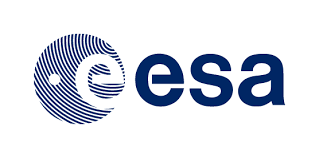Written by David McClure, Velcrobelly
Flo-culture Graphic Design Partner
Exploring the Alston in the North Pennines
The creative team made several trips to Alston; to take photographs and get a sense of the town’s aesthetic.
This was incredibly useful when designing the app as it allowed us to create a visual representation of Alston, in a stylised form, which would be recognisable to our users as they walked our trails.
Alston is a town of texture. It’s hardy and weathered. There are many different types of stone and timber present throughout the buildings, cobbled streets and dry-stone walls. The surrounding fields and hills appear to layer in parallax.
It feels like a town where an adventure society could establish in 1745 – and in point of fact that date was chosen for it’s historic relevance to Alston.
The aesthetic of the town in conjunction with our simple narrative is represented through design.
Container element backgrounds are comprised of texture – stone, wood, metal or paper – to represent the aesthetic of Alston and to convey the narrative of an established exploration society. No surface is pristine – this is a hardy app for adventurers on the go!
Using narrative to create context for content
Our narrative scenario also provided context for why users were interacting with our app.
Through the on-boarding process, our users are welcomed into A.C.E.S. by Tassie.
She presents them with challenges at Points of Interest (POI), explaining why the task is a beneficial skill for budding explorers, and how its successful completion will improve the A.C.E.S. archive of local knowledge.
To solve some challenges our users must refer to video, audio and text content about that POI. Tassie herself also speaks to the user through some audio content.
The vernacular Tassie uses was inspired by explorer archetypes and her own visual design.
Her written content was edited to reflect her character and can-do attitude; which results in cohesive balance between what our users are reading and what they see represented through visual design.
Through focus group testing we were able to refine the vernacular to ensure it made sense for our target audience of young people, that it was inclusive and encouraging, and retained a sense of character.
We learned that not all young people are familiar with ‘pip-pip’ and ‘tally-ho!’ as phrases, so while vernacular can create context it must be tailored to suit the target audience.
A simple narrative device provided the Alston Explorer design team with the context to create a rich visual and verbal language; and helped to integrate user interaction with interface and content.



